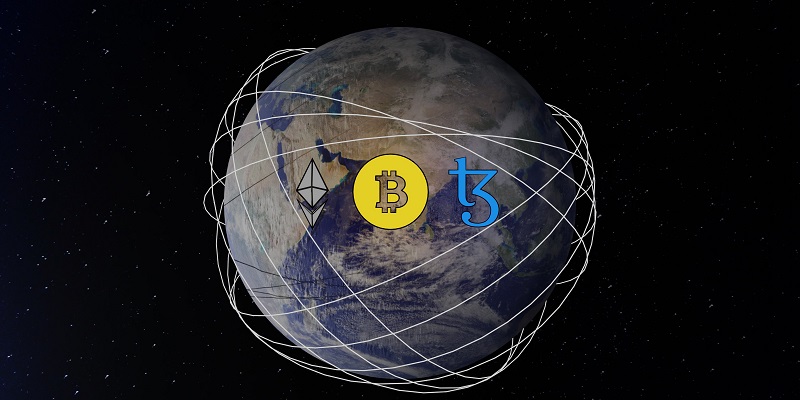Blockchain technology, traditionally associated with cryptocurrencies like Bitcoin, is now making waves in the world of cross-border payments and remittances. This emerging technology offers promising solutions to the long-standing challenges faced by the global economy in conducting efficient cross-border transactions.
Challenges in Cross-Border Payments
The global cross-border payment system has long suffered from inefficiencies. Intermediary banks add complexity and cost, leading to delays and higher fees for businesses and individuals involved in international transactions. These challenges have hindered the growth and effectiveness of cross-border payments.
The Promise of Blockchain Technology
Enter blockchain technology, powered by its decentralized, distributed ledger system. This revolutionary technology presents a potential solution to the challenges faced by the traditional cross-border payment system. With blockchain, transactions are securely recorded in real time, providing unparalleled transparency and reducing the risk of fraud.
Cost and Time Reduction
One of the most significant advantages of blockchain in cross-border payments is the elimination of intermediary banks. By removing these intermediaries, blockchain drastically reduces both the cost and time it takes to send money across borders. Businesses can save on transaction fees, and individuals can experience faster and more affordable cross-border remittances.
Enhanced Transparency and Security
The decentralized nature of blockchain ensures that transactions are recorded on an immutable ledger accessible to all participants. This transparency enhances trust and accountability, reducing the likelihood of fraudulent activities. The distributed ledger also makes it nearly impossible for any single entity to alter or manipulate the transaction history, thereby further enhancing security.
Alleviating Poverty and Promoting Financial Inclusion
The potential impact of blockchain extends beyond improvements in the efficiency of cross-border payments. It can also contribute to poverty alleviation in developing countries by reducing the costs of remittances for migrant workers. These workers often face high fees when sending money back home, but with the low-cost nature of blockchain transactions, they can send more money to their families. Furthermore, blockchain can facilitate financial inclusion by providing a secure and low-cost avenue for unbanked and underbanked individuals to participate in the global economy. With access to a blockchain-enabled payment system, individuals without traditional banking facilities can transact and build financial stability.
Overcoming Hurdles
Although the potential of blockchain in cross-border payments is significant, several hurdles need to be addressed for widespread adoption. Regulatory uncertainty, technological complexity, and a lack of public understanding are among the challenges that industry stakeholders and policymakers must tackle. Collaboration between governments, financial institutions, and technology providers is crucial to overcoming these hurdles.
Future Opportunities
As more companies recognize the transformative potential of blockchain, they are investing in its development for cross-border payments. Governments are also increasingly recognizing the benefits and exploring regulatory frameworks to build trust and facilitate adoption. The growing interest and investment in blockchain technology signal a shift towards a more efficient and streamlined cross-border payment ecosystem.
Blockchain technology is rapidly revolutionizing cross-border payments and remittances by offering transparency, security, and cost-efficiency. The elimination of intermediaries, real-time transaction recording, and the potential for financial inclusion hold great promise for enhancing global economic activity. While challenges remain, with collective effort and collaboration, the adoption of blockchain in cross-border payments is poised to increase, leading to a more efficient and inclusive global payment system.

